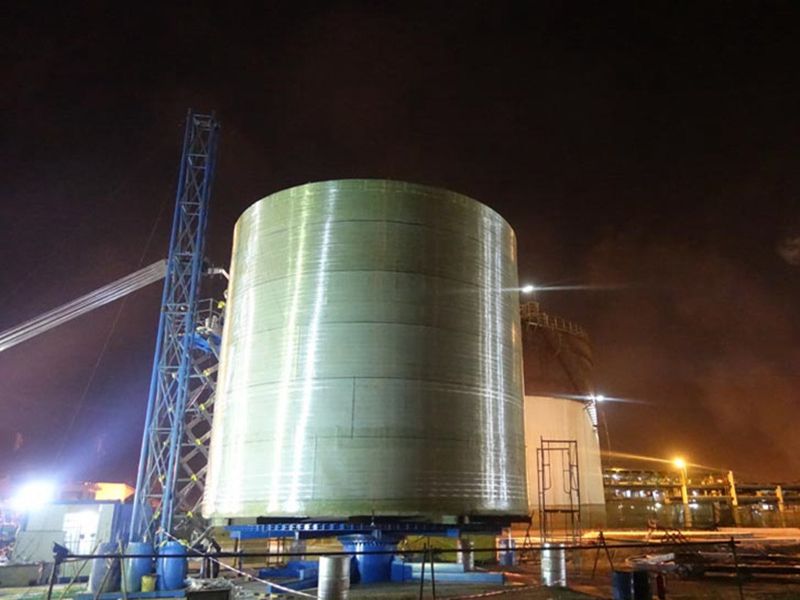
-
 Afrikaans
Afrikaans -
 Albanian
Albanian -
 Amharic
Amharic -
 Arabic
Arabic -
 Armenian
Armenian -
 Azerbaijani
Azerbaijani -
 Basque
Basque -
 Belarusian
Belarusian -
 Bengali
Bengali -
 Bosnian
Bosnian -
 Bulgarian
Bulgarian -
 Catalan
Catalan -
 Cebuano
Cebuano -
 China
China -
 China (Taiwan)
China (Taiwan) -
 Corsican
Corsican -
 Croatian
Croatian -
 Czech
Czech -
 Danish
Danish -
 Dutch
Dutch -
 English
English -
 Esperanto
Esperanto -
 Estonian
Estonian -
 Finnish
Finnish -
 French
French -
 Frisian
Frisian -
 Galician
Galician -
 Georgian
Georgian -
 German
German -
 Greek
Greek -
 Gujarati
Gujarati -
 Haitian Creole
Haitian Creole -
 hausa
hausa -
 hawaiian
hawaiian -
 Hebrew
Hebrew -
 Hindi
Hindi -
 Miao
Miao -
 Hungarian
Hungarian -
 Icelandic
Icelandic -
 igbo
igbo -
 Indonesian
Indonesian -
 irish
irish -
 Italian
Italian -
 Japanese
Japanese -
 Javanese
Javanese -
 Kannada
Kannada -
 kazakh
kazakh -
 Khmer
Khmer -
 Rwandese
Rwandese -
 Korean
Korean -
 Kurdish
Kurdish -
 Kyrgyz
Kyrgyz -
 Lao
Lao -
 Latin
Latin -
 Latvian
Latvian -
 Lithuanian
Lithuanian -
 Luxembourgish
Luxembourgish -
 Macedonian
Macedonian -
 Malgashi
Malgashi -
 Malay
Malay -
 Malayalam
Malayalam -
 Maltese
Maltese -
 Maori
Maori -
 Marathi
Marathi -
 Mongolian
Mongolian -
 Myanmar
Myanmar -
 Nepali
Nepali -
 Norwegian
Norwegian -
 Norwegian
Norwegian -
 Occitan
Occitan -
 Pashto
Pashto -
 Persian
Persian -
 Polish
Polish -
 Portuguese
Portuguese -
 Punjabi
Punjabi -
 Romanian
Romanian -
 Russian
Russian -
 Samoan
Samoan -
 Scottish Gaelic
Scottish Gaelic -
 Serbian
Serbian -
 Sesotho
Sesotho -
 Shona
Shona -
 Sindhi
Sindhi -
 Sinhala
Sinhala -
 Slovak
Slovak -
 Slovenian
Slovenian -
 Somali
Somali -
 Spanish
Spanish -
 Sundanese
Sundanese -
 Swahili
Swahili -
 Swedish
Swedish -
 Tagalog
Tagalog -
 Tajik
Tajik -
 Tamil
Tamil -
 Tatar
Tatar -
 Telugu
Telugu -
 Thai
Thai -
 Turkish
Turkish -
 Turkmen
Turkmen -
 Ukrainian
Ukrainian -
 Urdu
Urdu -
 Uighur
Uighur -
 Uzbek
Uzbek -
 Vietnamese
Vietnamese -
 Welsh
Welsh -
 Bantu
Bantu -
 Yiddish
Yiddish -
 Yoruba
Yoruba -
 Zulu
Zulu
cpvc and frp pipes combine durability and resistance.
Combining Durability and Resistance The Advantages of CPVC and FRP Pipes
In the ever-evolving landscape of industrial and construction materials, the demand for reliable, resilient, and efficient piping systems has surged. Among the most notable advancements in this field are Chlorinated Polyvinyl Chloride (CPVC) and Fiberglass Reinforced Plastic (FRP) pipes. Both materials exhibit unique properties that, when combined, deliver exceptional performance in various applications, ensuring longevity and resistance in challenging environments.
CPVC pipes are well-known for their impressive resistance to corrosion, high temperatures, and aggressive chemicals. Unlike traditional PVC pipes, CPVC is subjected to a chlorination process that enhances its thermal range, allowing it to withstand temperatures up to 200°F (93°C). This characteristic makes CPVC particularly suitable for hot water distribution systems, as well as industrial applications where chemical exposure is common. Furthermore, CPVC's non-toxic nature ensures that it meets health and safety standards, making it an ideal choice for potable water systems.
cpvc and frp pipes combine durability and resistance.

On the other hand, FRP pipes utilize a composite material made from fiberglass and resin, which imparts outstanding strength-to-weight ratios and flexibility. This combination results in pipes that are lightweight yet incredibly strong, making them easy to transport and install. FRP pipes offer remarkable resistance to corrosion, impacting both internal and external surfaces—a critical factor in marine applications, chemical processing plants, and wastewater management systems. Additionally, the smooth internal surface of FRP pipes minimizes friction loss, enhancing flow efficiency and reducing energy costs during operation.
The synergy between CPVC and FRP pipes creates a formidable solution for a broad range of industries, including construction, oil and gas, and water treatment. By leveraging the high temperature and chemical resistance of CPVC along with the lightweight durability and flexibility of FRP, engineers can design robust piping systems that meet diverse operational demands.
In conclusion, the combination of CPVC and FRP pipes provides a powerful approach to meet the increasing challenges of modern infrastructure. Their unique characteristics ensure unmatched durability and resistance to harsh conditions, making them indispensable in today's industrial landscape. As industries continue to innovate and expand, the role of these advanced piping materials will be pivotal in ensuring safety, efficiency, and sustainability in various applications.









